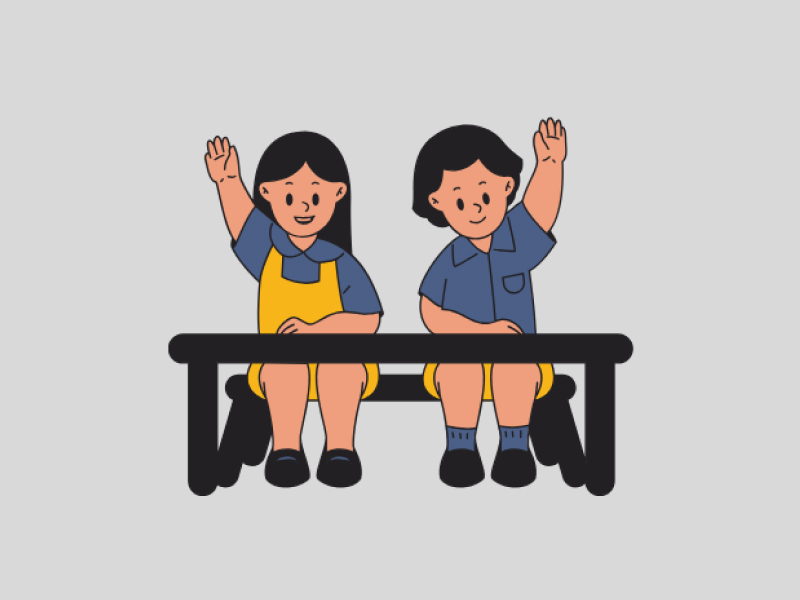I took four years of Mandarin at school, but I can barely speak or understand it.
Ironic remarks similar to these are, unfortunately, a common occurrence made by second language learners across learning platforms like Quora and Reddit. While we might jump to conclusions that these comments originate from underperforming students who just want to complain or don’t pay attention in class, a surprising statistic comes into play.
According to Nadiia Mykhalevych from Preply, “Less than half (48%) viewed their [language] ability as intermediate. Today, 10% of foreign language learners could no longer understand the language they studied. Nearly 40% couldn’t make it through a day in the country whose language they studied using only that language.”
Learning a second language is important because it broadens communication, enhances cognitive skills like memory and problem-solving, increases job prospects, and enriches personal experiences. Being bilingual is becoming an essential skill in today’s interconnected world.
Whether it’s Mandarin, Spanish, or German, there is a need to narrow this divide in order to optimize learning outcomes for students. So, how exactly can this problem be addressed?
In past decades, schools typically followed a traditional approach that focused heavily on grammar rules, vocabulary memorization, and translation exercises. Today, teachers use fluency based instruction, an effective immersion approach to language through contexts of experiences that is similar to how people learn their first language.
I am currently doing a unit on how they can introduce themselves and properly interact with other people in social settings, like their friends, peers, or even strangers. Having lessons like this is especially important these days,”
California School of the Arts- SGV Mandarin teacher Nana Yang said.
Because of the shift from the mere completion of worksheets to real-life application, students have a better grasp of usage, are more confident in their ability, and can effectively cultivate cross-cultural understanding,”
Yang said.
There still remains a clear gap in second language learners in the United States, as compared to countries that have also embraced these teaching methods.
As you get older, language is harder to absorb and connect with. It’s simply a matter of exposure,”
Spanish teacher Anthony Reyes said.
Many countries start their students with foreign languages much earlier,”
Reyes said. This can make a big difference, especially for those who want to be fluent in a second language.
According to 24 Hour Translation, European students typically start learning their foreign languages between 6 and 9 years old, but only 20% of American students take a foreign language course before 3rd grade. Language education is compulsory in over 20 European countries, whereas the United States has less than 25% participation.
According to The Atlantic, language enrollments in higher education in the US are at 7%, having declined by more than 111,000 spots between 2009 and 2013.
Language education continues to evolve, and it’s in the best interest of the United States to focus on its students learning a second language. This will ensure that The United States can compete globally, while giving students the resources towards greater success in their academic and professional pursuits.

 Visiting Exchange Students from Japan
Visiting Exchange Students from Japan